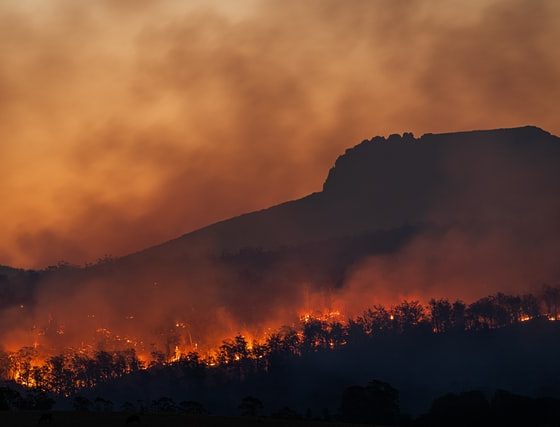
Rivers have certainly been an inalienable part of human evolution and our collective history as a whole. The world’s freshwater rivers paved the way for the formation of some of the greatest civilizations we have ever known. But apart from being known for their upsides, rivers have also been equally responsible for ruining civilizations with floods.
Flooding events are now becoming more common, with the adverse impacts of climate change taking the world to its grips. These flooding events have long been known for having a direct or indirect link with biodiversity loss. As a result, it has now become more important than ever to understand these linkages. So let’s dive into the details to get a more nuanced understanding of the subject.
Floods: An Overview
Before we get into more details about floods, it is important to clarify that any water overflow onto normally dry land is considered a flood. These events can happen anywhere, but low-lying areas such as coastlands and riverbeds are generally more susceptible to these events. Besides, some floods might just bring just a couple of inches of water, while others might bring enough water to sink a house.
The speed and volume of floodwater running generally depend on the cause of the flood. Some of the most common causes of floods include heavy rain, storm surge, rapid melting of snow or glaciers, and even dam breaches. Based on these factors, a flooding event can last from days to weeks or even more. These events can also have a positive impact, such as enriching the soil with newer nutrients, but in most cases, they cause more devastation than good.
As a result, concerned authorities and stakeholders are now working on mitigating the impact of these floods. In certain cases, they use highly advanced flood detection tactics to realize their goals apart from using other means to mitigate damages. Therefore, it has become very important to make efforts to understand flooding events and take measures to manage their adverse impacts.
Leave a Reply